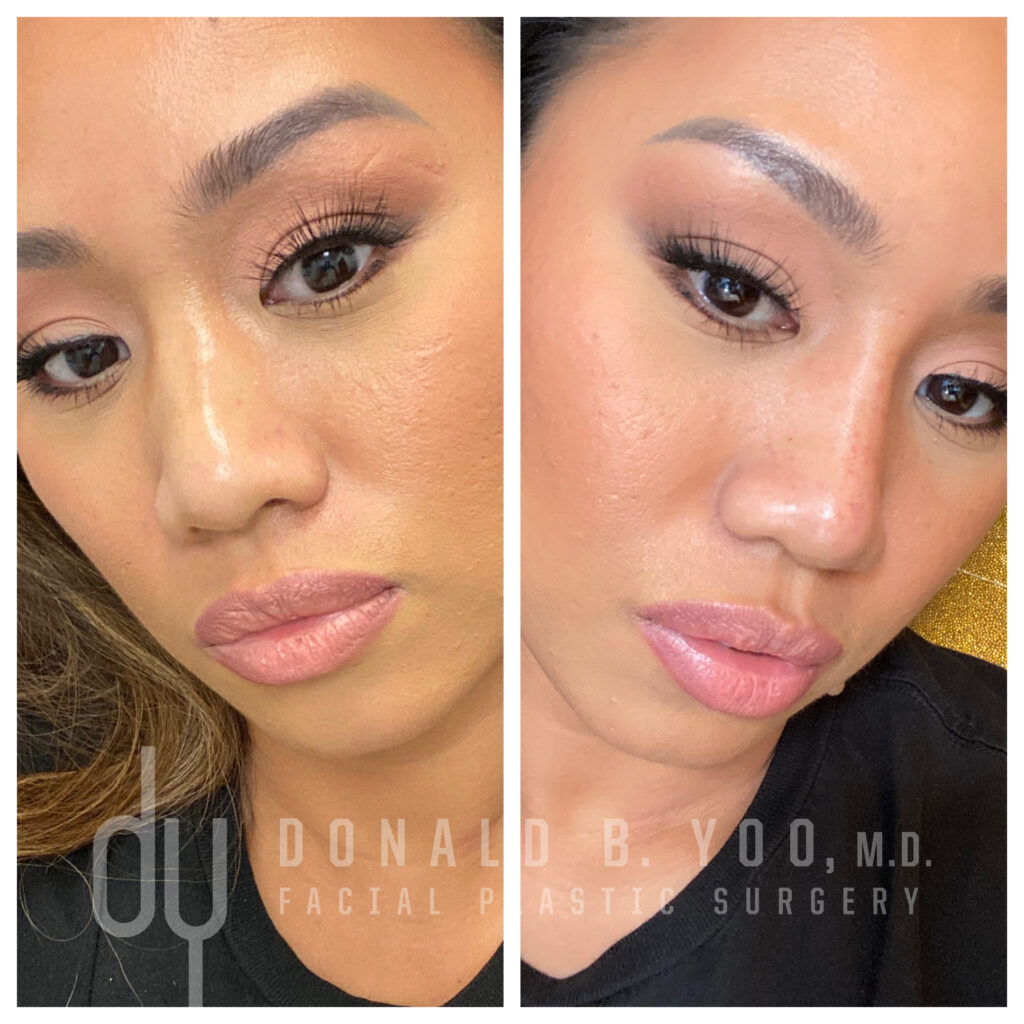
Rhinoplasty without surgery, or non-surgical nose job, is a commonly performed procedure to reshape the nose in a temporary fashion. Using hyaluronic acid fillers, such as Restylane or Juvederm Voluma, the nose can be augmented and refined by adding volume to the nose in specific areas. Though the change is not permanent, and is limited compared to what is possible through surgical rhinoplasty and nose job, it does offer a way for patients to experience subtle to moderate changes, especially to the bridge or dorsum of the nose, with more subtle changes to the tip projection and tip aesthetics.
Duration: How long does nonsurgical rhinoplasty last?
Depending on the type of hyaluronic acid filler, a nonsurgical nose job will typically last between 9-18 months. The body will naturally absorb the filler material during this time until the nose returns to its pre-procedure state.
Process: How is nonsurgical rhinoplasty performed?
The skin of the nose will be numbed with a topical anesthetic, which typically takes 20-30 minutes. After the skin has been anesthetized and the nose has been aseptically prepped, the nonsurgical nose job is performed by multiple transcutaneous injections using a hyaluronic acid filler to add volume to specific areas of the nose. Most injections will be injected directly above the periosteum of the bone, or deep in the subcutaneous fat underneath the skin, and when performed expertly can improve nasal contours, symmetry, add augmentation, increase projection, rotate or counter-rotate the nasal tip, and increase definition and refinement of the nose in a safe manner.
How successful is non-surgical rhinoplasty?
In the hands of an experienced rhinoplasty surgeon, skilled in non-surgical rhinoplasty, the results will almost always be successful as long as the surgeon and patient have had a realistic discussion of the expectations and limitations of the procedure. Proper candidates for nonsurgical rhinoplasty will have nasal shapes than can be improved with the addition of volume, not the reduction of volume.
Is it possible to fix your nose without surgery?
The shape of the nose can be changed and improved nonsurgically with hyaluronic acid fillers in a procedure called nonsurgical rhinoplasty or nonsurgical nose job. The dermal filler material can add volume to the nose to improve aspects including contour, symmetry, and projection. The degree of correction is limited compared to surgical rhinoplasty, and the results are temporary, but can in many cases provide a significant improvement with minimal downtime.
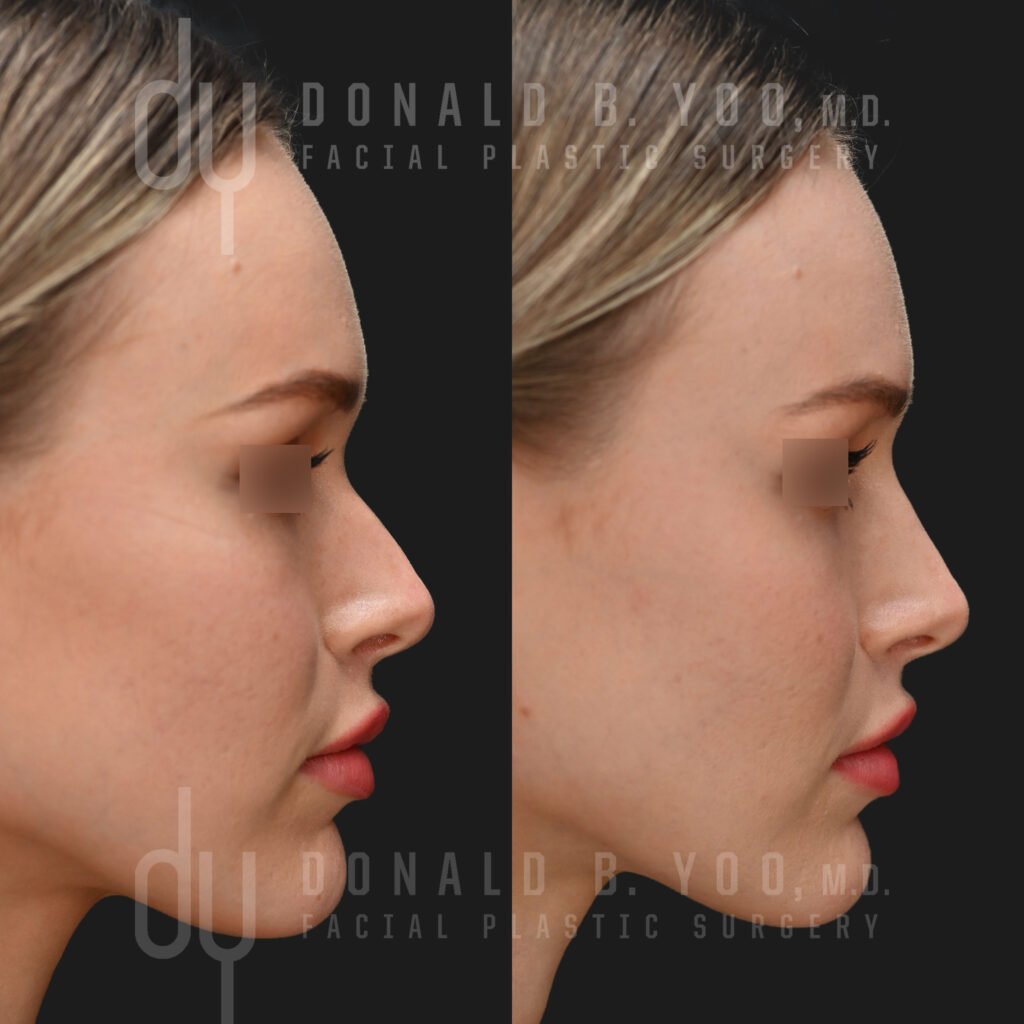
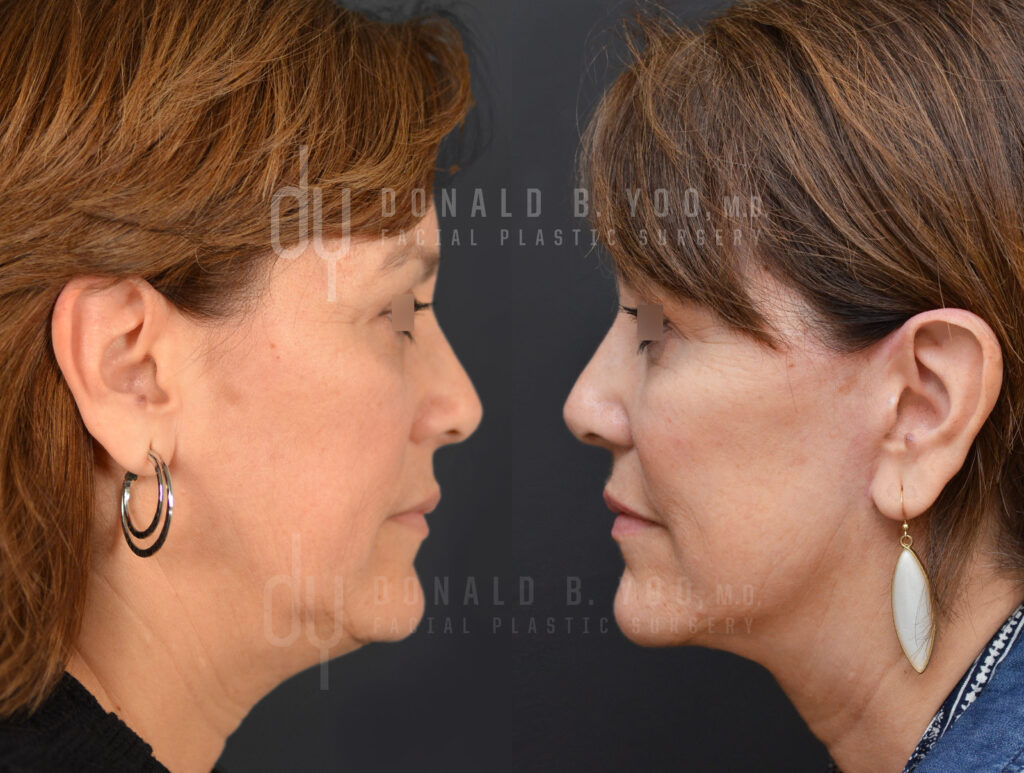
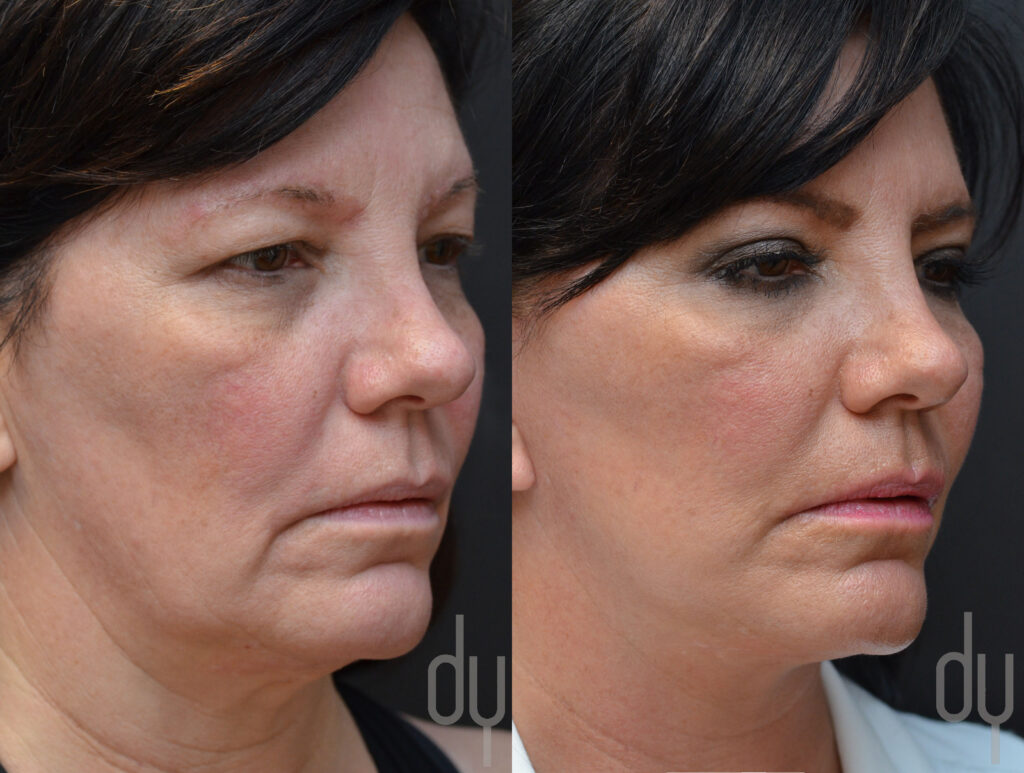
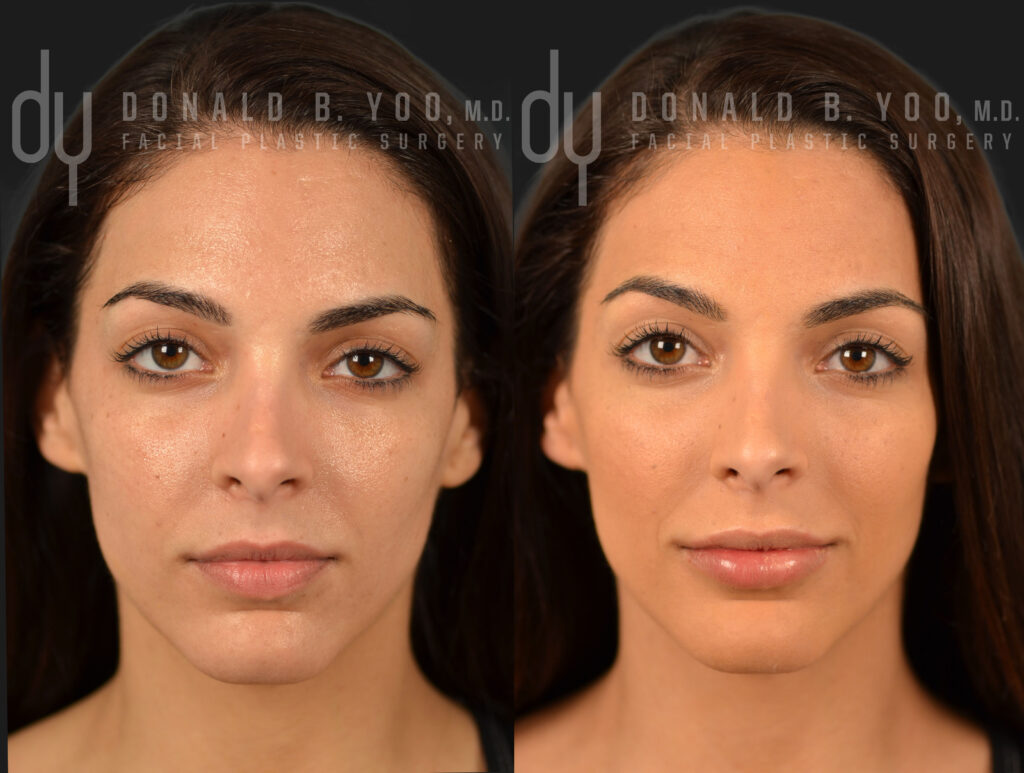
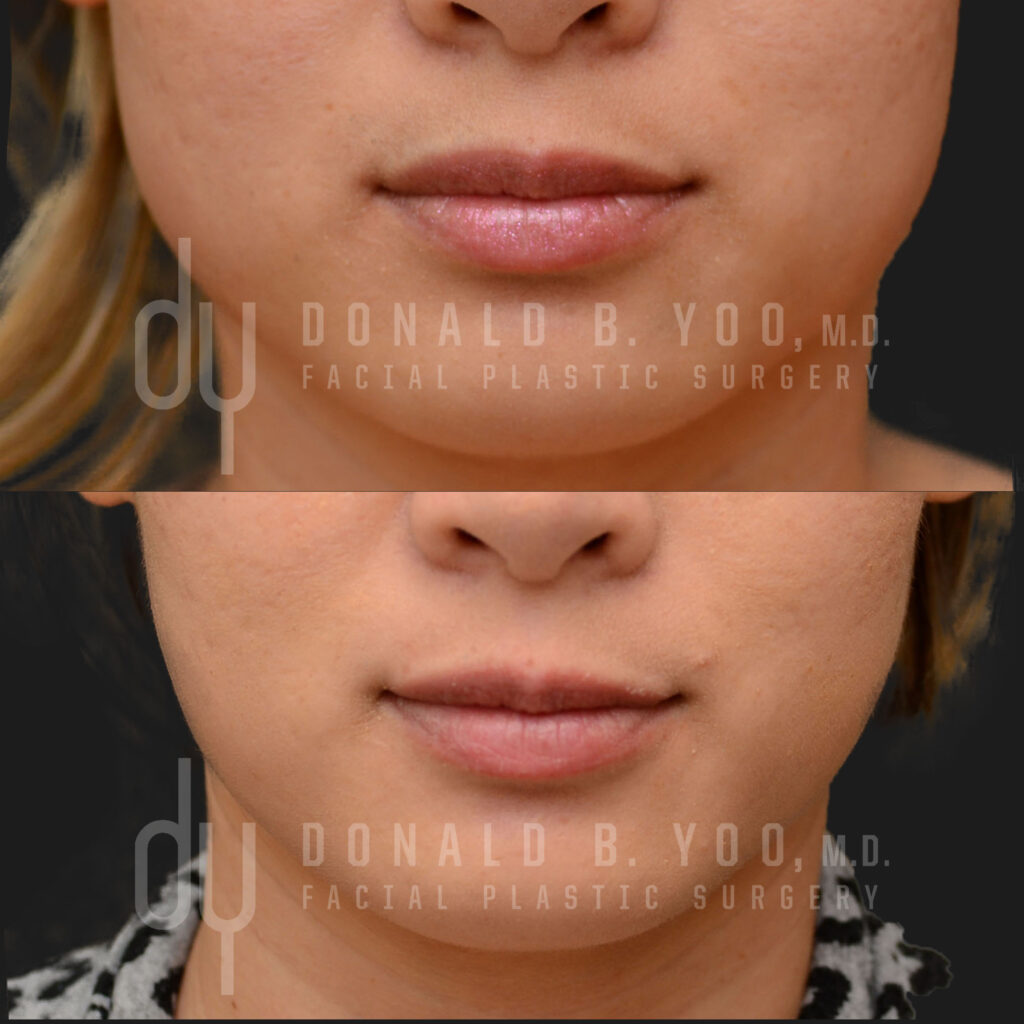
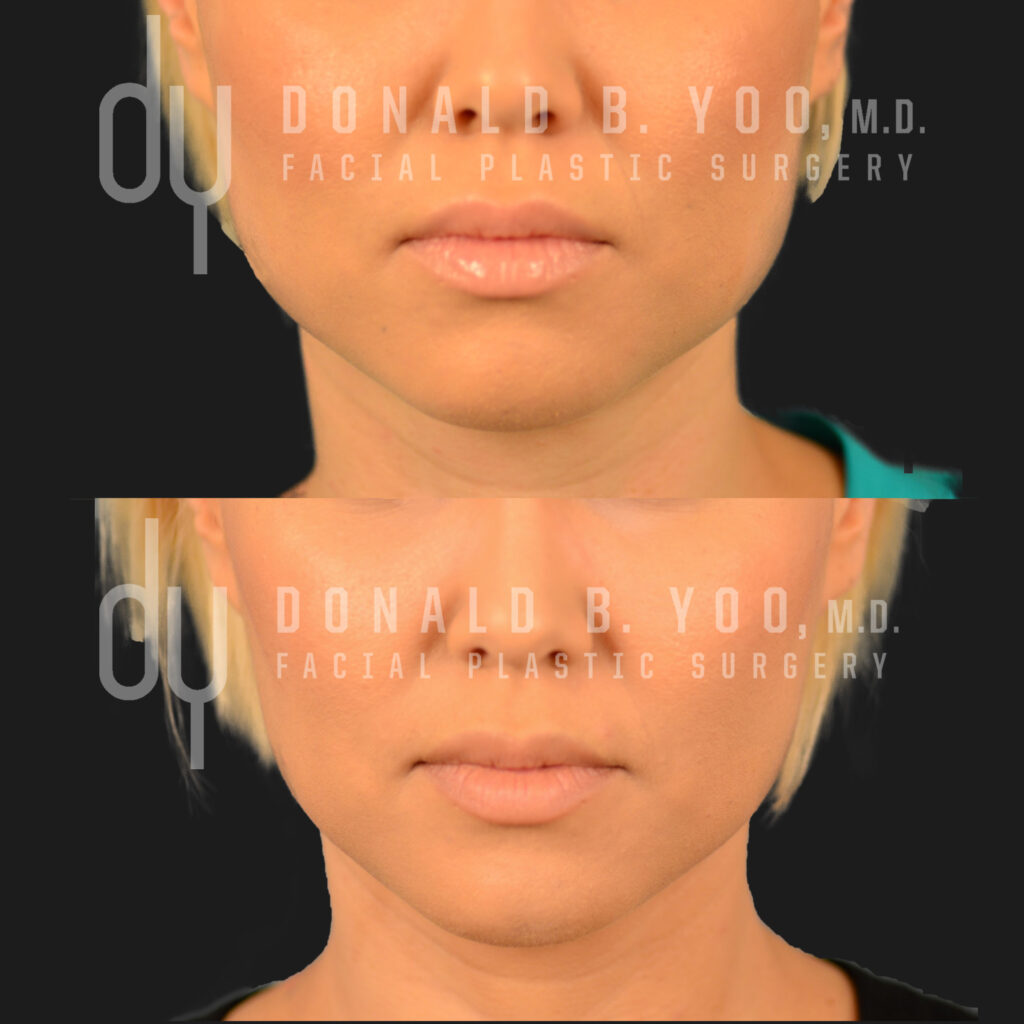

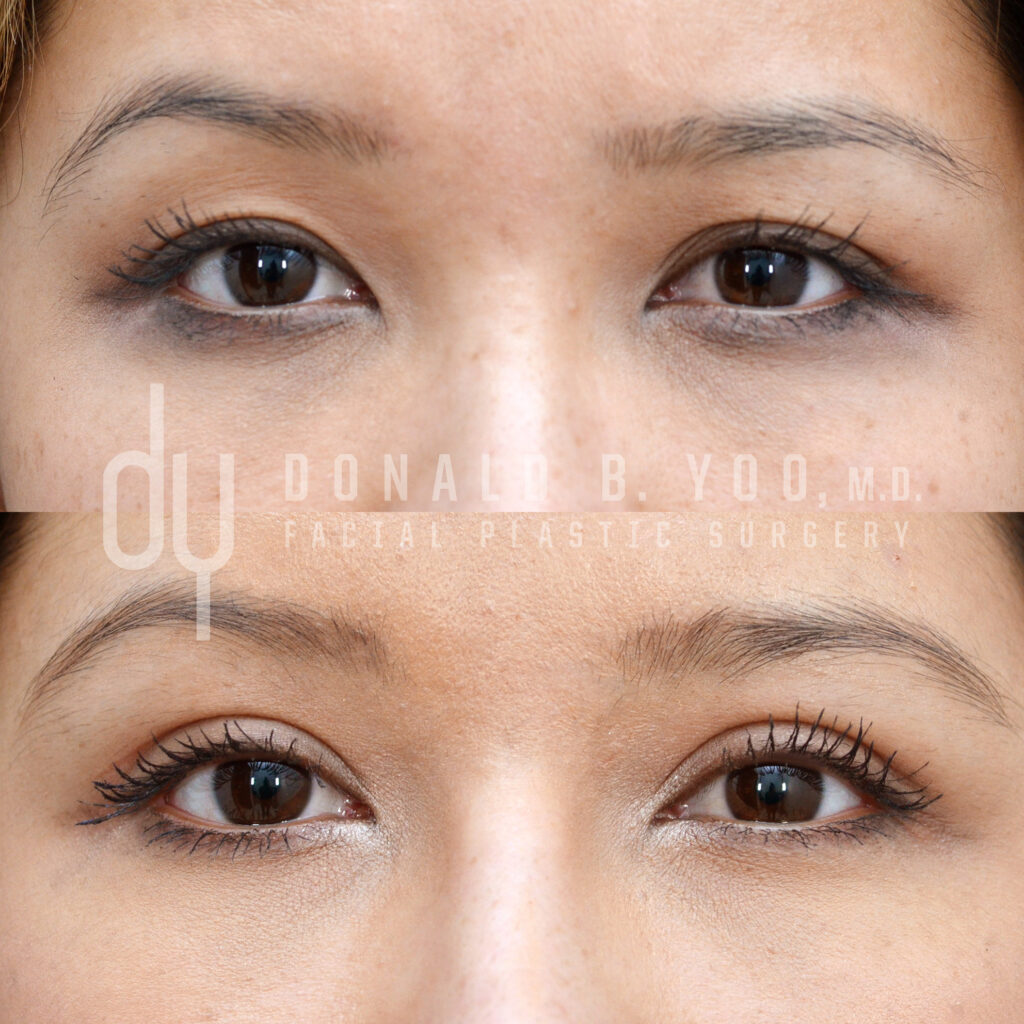
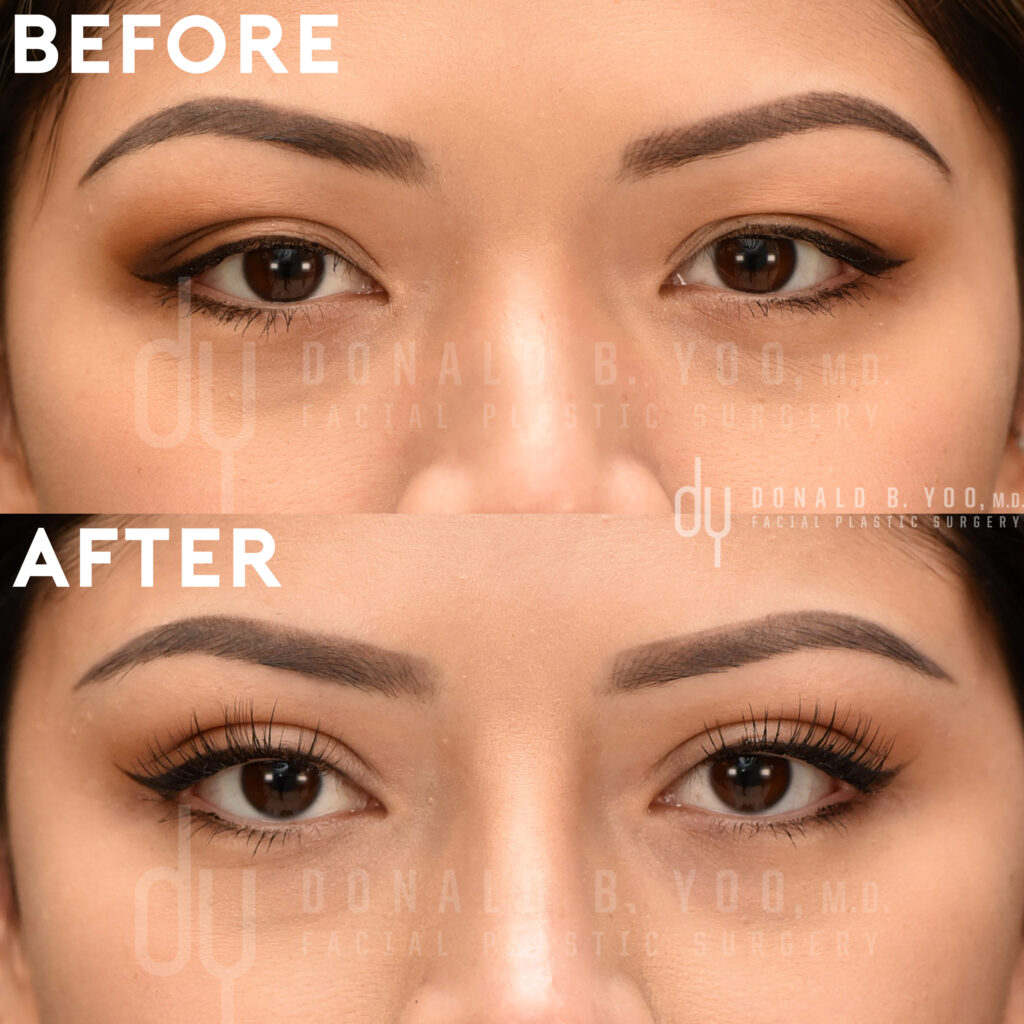
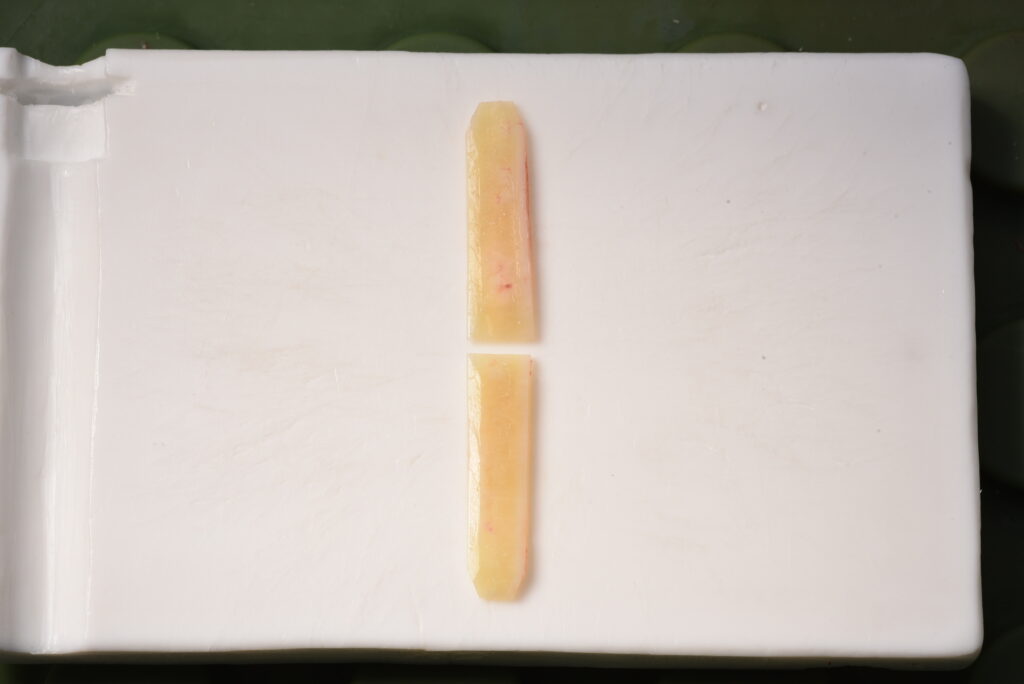
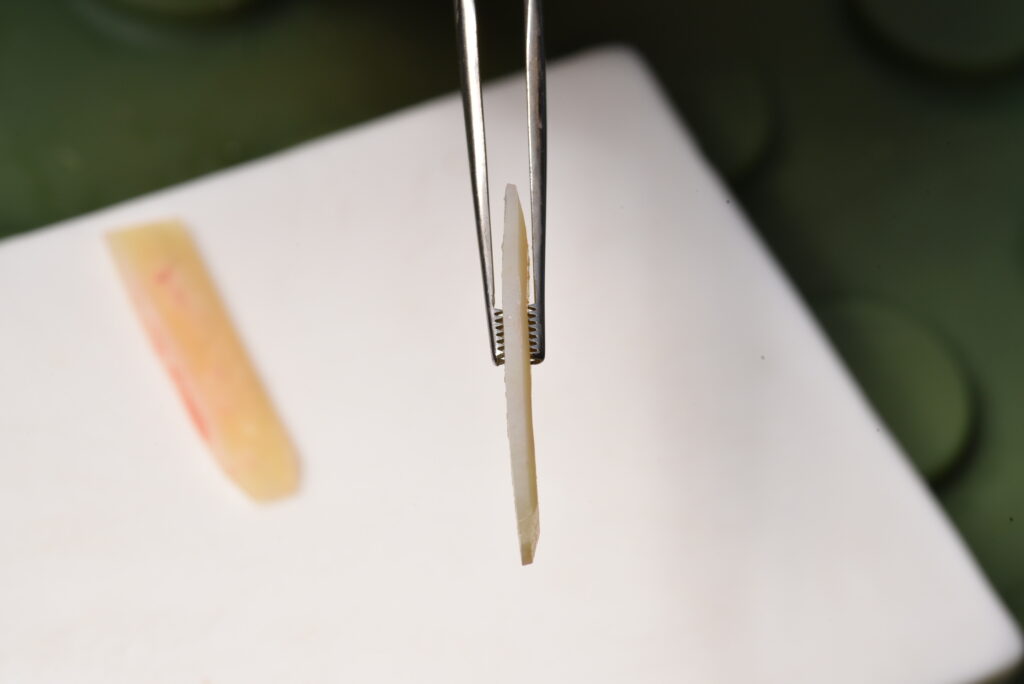
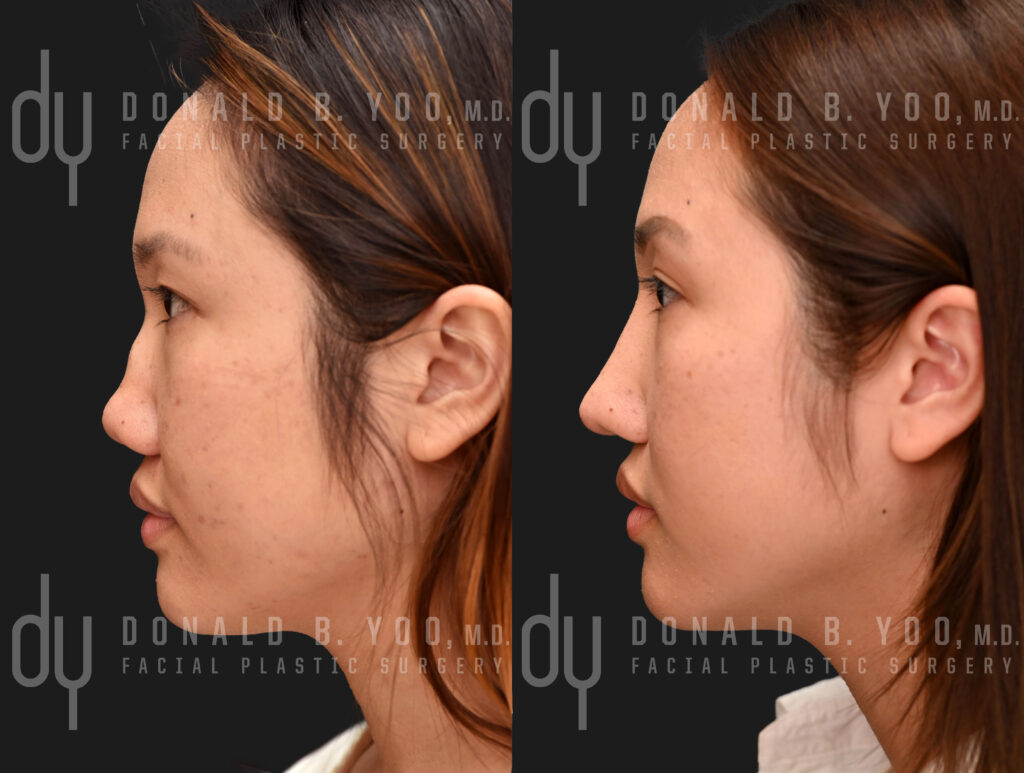
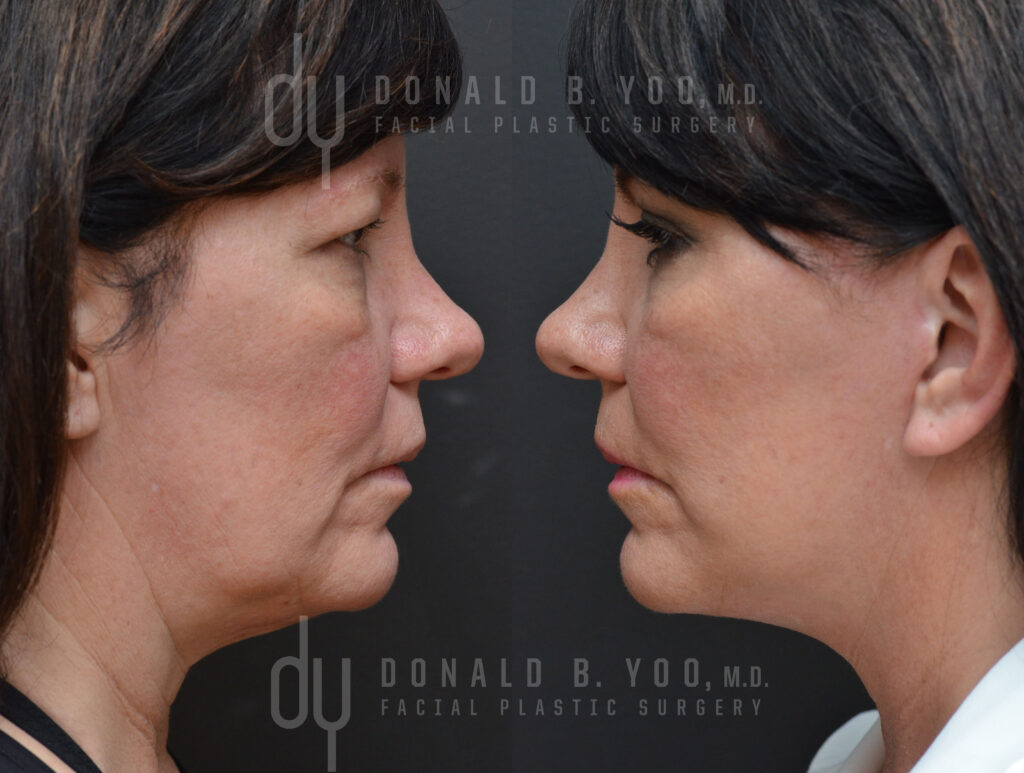
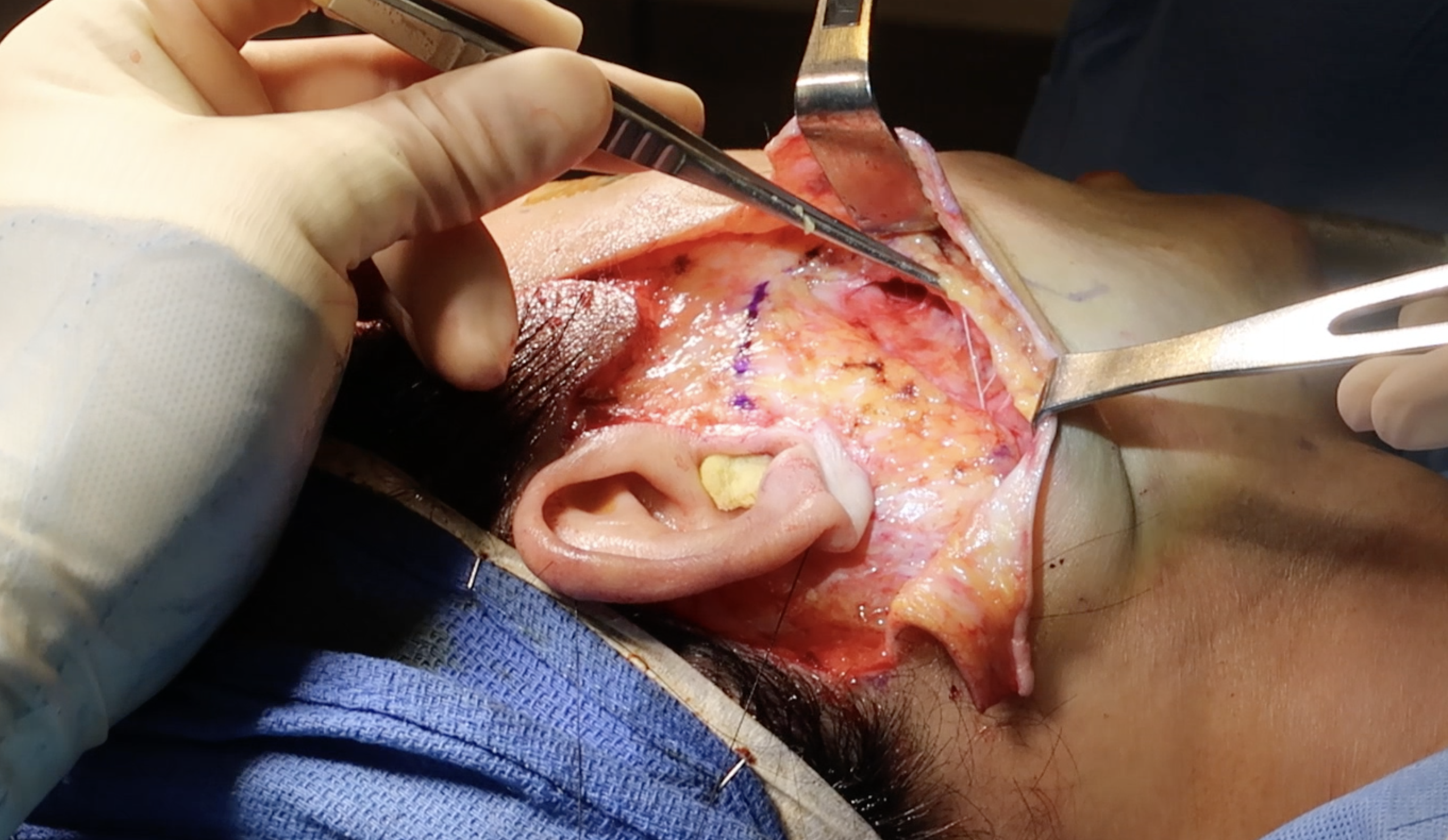
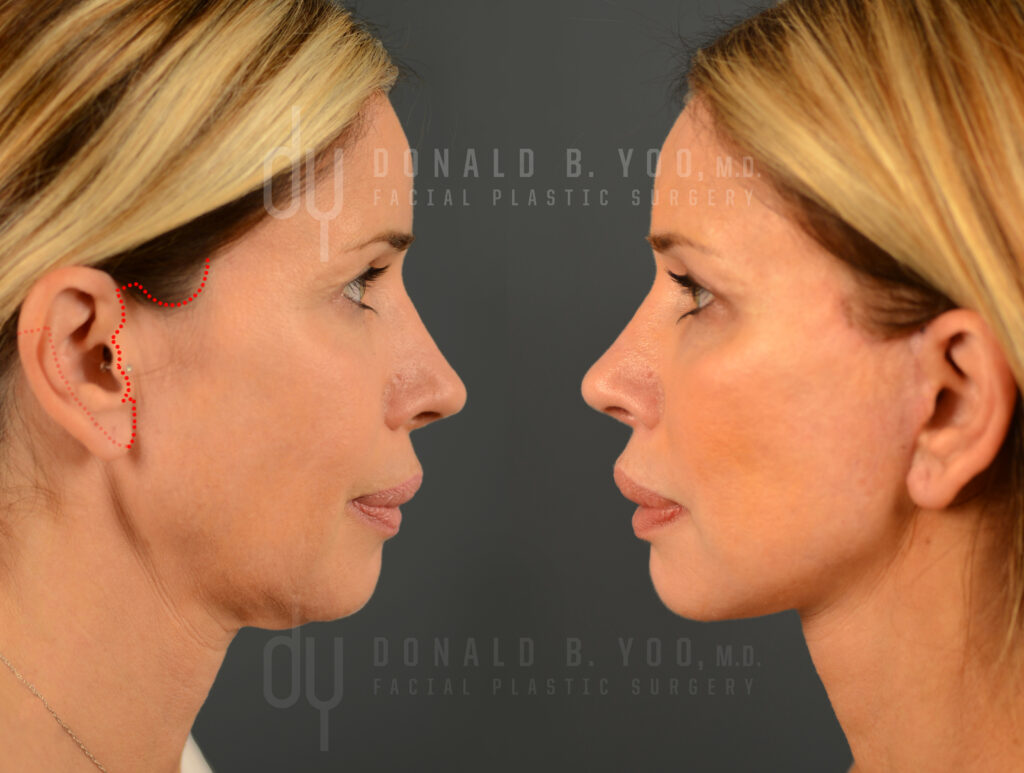

 Contact Us
Contact Us